A Routine Day in the Fields
It was a clear, calm Monday afternoon on July 31, 2023. The skies above southern Illinois offered perfect flying conditions—10 miles of visibility, no precipitation, and light winds out of the northeast. For the experienced agricultural helicopter pilot at the controls of N567VF, a 1965 UH-1H “Huey,” it was business as usual. The day began early, with liftoff from Mount Vernon Airport at 7:14 AM for a series of aerial application runs over local farmland.
The aircraft, owned and operated by Kash Helicopter Services LLC, was a workhorse of a helicopter—tough, reliable, and built for jobs just like this one. With its special airworthiness certificate for agricultural operations, the Huey was fitted with precision spray equipment, including an Ag-Nav Guia Platinum GPS system and a Garmin Aera 510 for flight tracking.
The pilot? A pro. He was 41 years old, held a commercial certificate with helicopter instrument and instructor ratings, and had logged over 8,100 flight hours across his career, with at least 130 hours in the previous month alone. He even flew part-time for an air ambulance service, having completed a Bell 407 check ride just five months earlier.
But despite the pilot’s qualifications and the routine nature of the mission, something went terribly wrong.
An Abrupt and Deadly Change in Pattern
For nearly six hours, the pilot completed multiple north-south spray passes over the field near Oakdale. The recorded GPS tracks—later pulled from both the Ag-Nav and Garmin systems—revealed a precise flight pattern. Each pass ended with a tight turn to the east, repositioning the helicopter for the next run.
But at 1:10 PM, something changed.
Instead of turning east again, the Huey unexpectedly banked west, flying over a set of power lines. Then, the data ends. Seconds later, the helicopter slammed into the ground in a cornfield. A nearby resident reported hearing the chopper throughout the morning, its engine humming steadily—until it suddenly stopped. When she looked up, she saw only a rising plume of dust.
Emergency responders arrived quickly, but the pilot did not survive. The aircraft was heavily damaged, though thankfully, no fire erupted and no one on the ground was injured.
What the Wreckage Revealed—and What It Didn’t
Investigators scoured the scene. The wreckage told a story of sudden, uncontrolled descent. All major components were accounted for: the fuselage, transmission, tail boom, and rotors. There was no indication of a mid-air breakup. The rotor blades were battered but intact. Both GPS devices were recovered and sent to the NTSB’s labs for analysis.
And here’s the surprising part: no mechanical failure could be found. The engine? Fine. The control systems? Intact. There was no evidence of wire strikes, no arcing on nearby power lines, and nothing that suggested the helicopter had hit an object in flight.
Which leads us to a far more difficult—and personal—possibility.
A Pilot’s Silent Risk
The pilot’s autopsy uncovered a sobering finding: severe coronary artery disease, with 90% blockage in one major artery and 75% in another. The condition may not have shown any obvious symptoms, but it drastically raised his risk of a sudden cardiac event—like arrhythmia, chest pain, or even a heart attack.
There was no conclusive autopsy evidence of such an event, but that’s not unusual. A heart attack that occurs just before or during a crash may not leave any physical markers. This leaves the possibility open that a medical emergency led to a sudden, catastrophic loss of control.
To make things more complex, toxicology also revealed cetirizine in his system—a common over-the-counter allergy medication. While generally safe, cetirizine can sometimes cause drowsiness or mild sedation, which could impair performance, especially during low-altitude, high-concentration tasks like crop dusting. FAA guidelines recommend pilots wait 48 hours after taking cetirizine before flying. It’s unclear when the pilot last took the drug, or whether it played any role.
Also present in his system was meloxicam, a prescription NSAID for arthritis. It’s not typically impairing but does carry a small cardiovascular risk. However, there’s no strong evidence it contributed to the crash.
A Mystery with No Smoking Gun
Ultimately, the NTSB listed the probable cause as an in-flight loss of control for undetermined reasons. That’s not satisfying—but it’s honest. Aviation, for all its precision and regulation, sometimes offers no easy answers.
The pilot didn’t report taking any medications on his FAA medical application earlier that year. Whether that omission was intentional or an oversight, we’ll never know. But it reminds us that honest communication with aviation medical professionals is not just a formality—it can be a matter of life and death.
Lessons We Can Take from N567VF
This accident underscores a few key lessons for the aviation community—especially for those in the aerial application world, where low-altitude maneuvering is the norm and the margin for error is razor-thin.
- Cardiovascular Health Is a Hidden Threat
Even fit, experienced pilots can have silent conditions like coronary artery disease. If you’re a pilot over 40, especially one with a demanding flight schedule, regular heart screenings could be just as important as any currency checkride. - Medication Matters
Cetirizine may be a household name, but its potential to impair alertness—even slightly—can have consequences. The FAA’s guidance to wait 48 hours after taking it exists for a reason. Always err on the side of caution, especially when flying demanding missions. - Admit the Unknowns
The NTSB’s conclusion—”loss of control for undetermined reasons”—is frustrating, but important. It’s okay to not know. What matters is that we take the best available information and translate it into safer decisions going forward. - The Importance of Self-Care
This pilot had thousands of hours, instructor credentials, and multiple types of operations under his belt. But all the flight time in the world doesn’t insulate a person from fatigue, stress, or medical issues. Pilots must make self-care—physical and mental—a priority.
Closing Thoughts
The story of UH-1H N567VF is not just about a crash. It’s about a highly capable pilot who met a tragic end, likely influenced by factors that weren’t visible from the outside. It’s about an aircraft that flew true right up to the final seconds. And it’s a reminder that in aviation, what we don’t know can sometimes be just as important as what we do.
This loss is a difficult one. But if sharing the story of this flight helps just one other pilot pause, double-check a med, or see their doctor—then that, at least, brings purpose to tragedy.

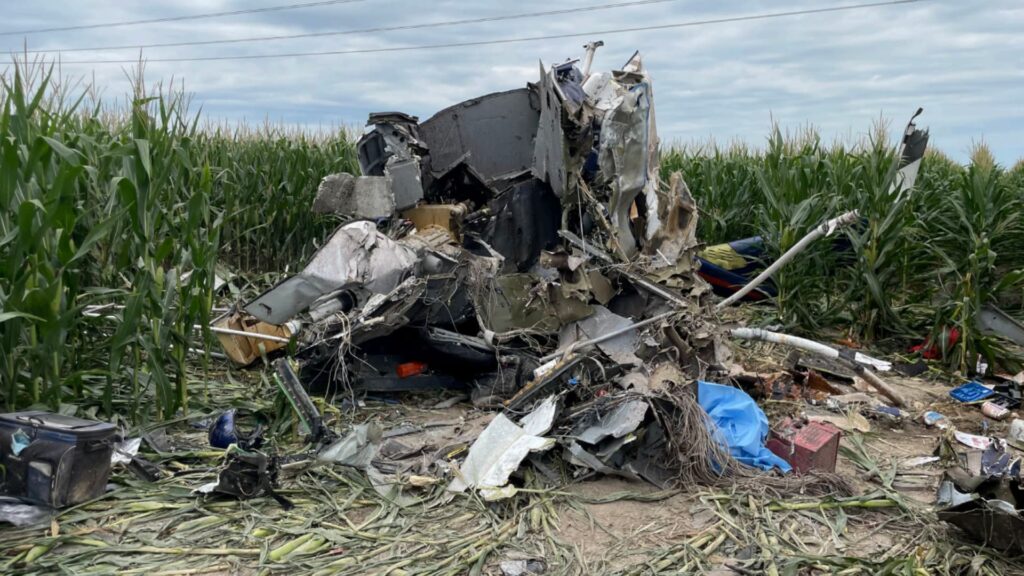


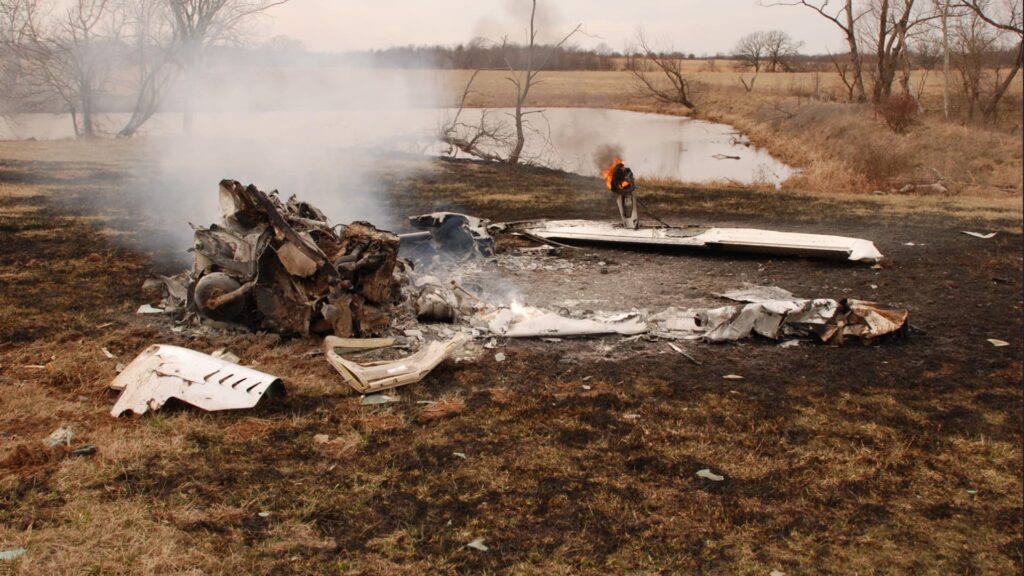
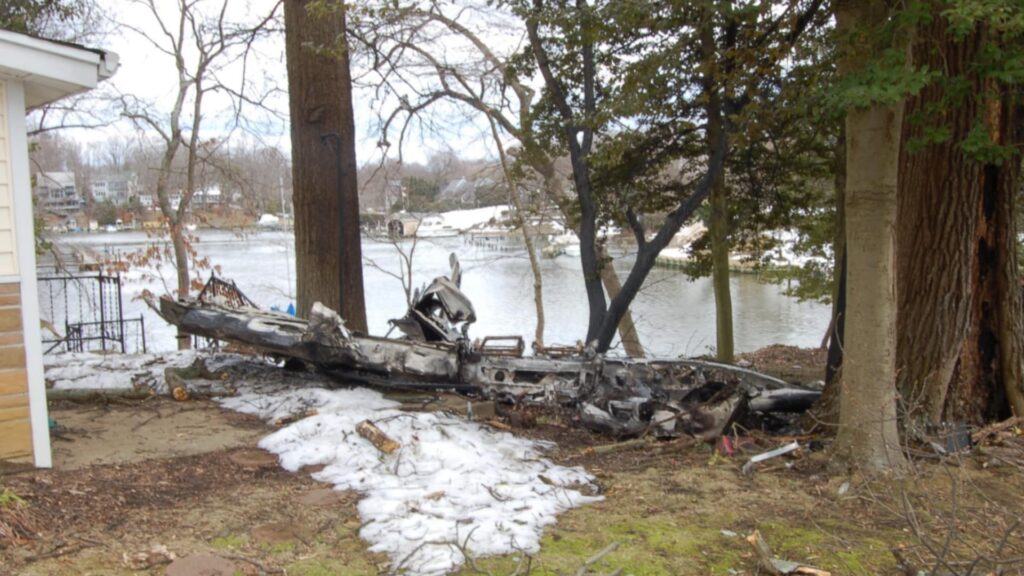

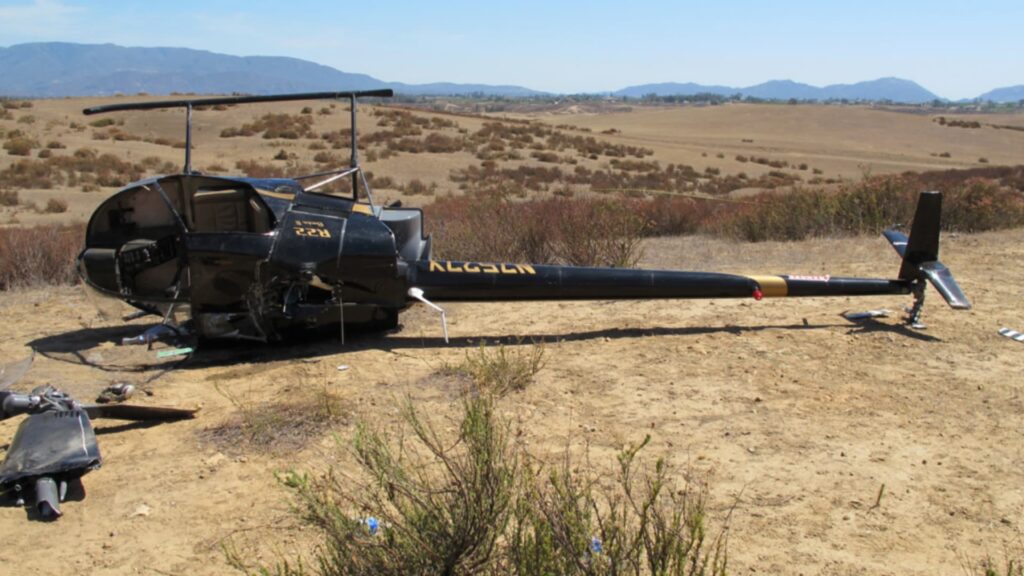
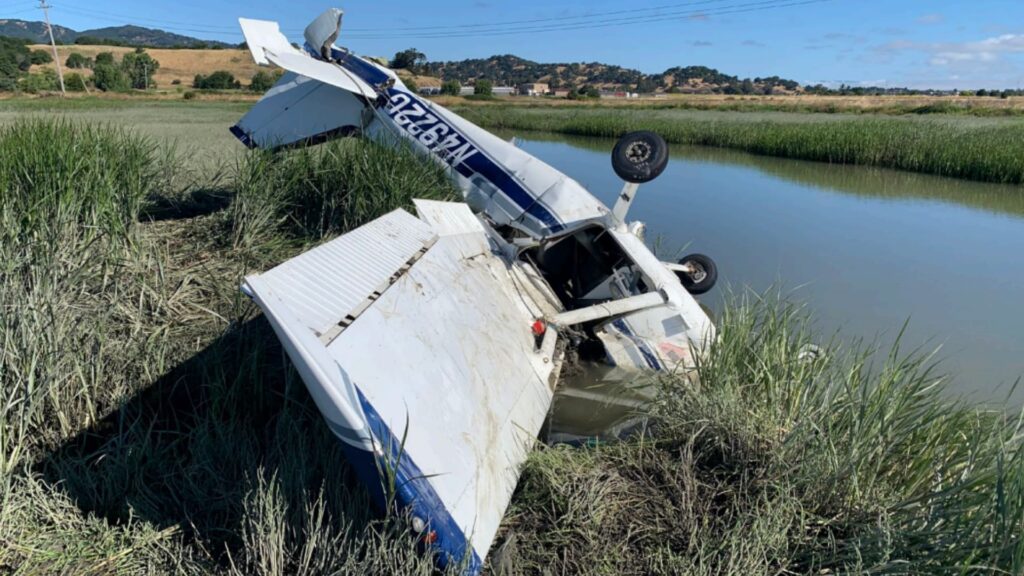

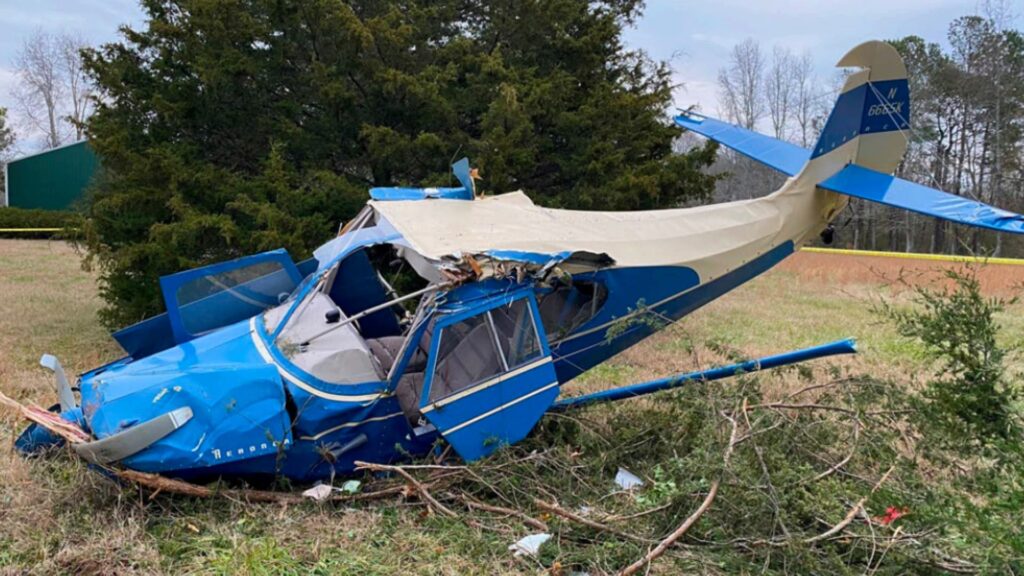
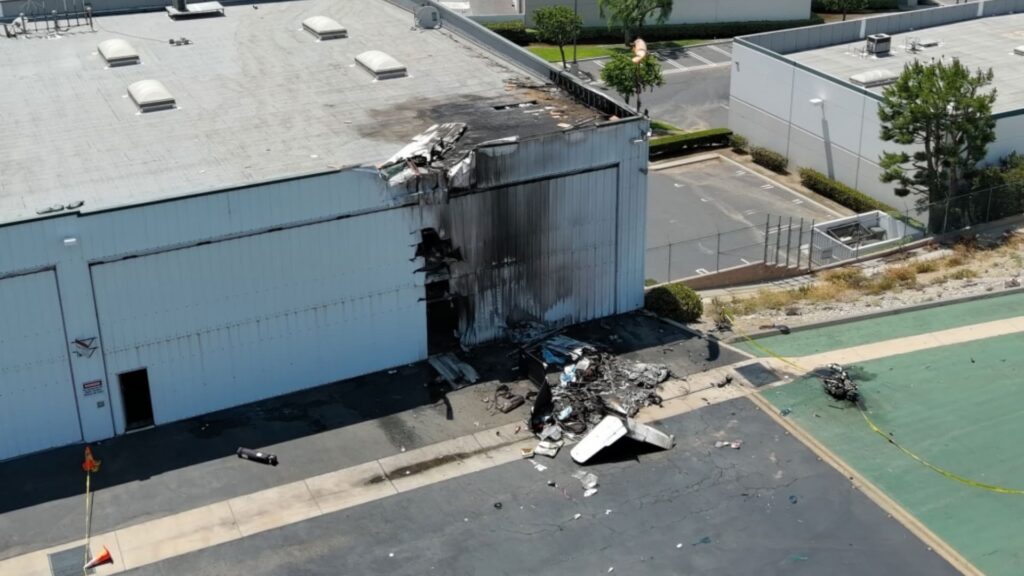
4 Comments
That severe cardiovascular disease at 41 😟. It does happen, at his age and that far advanced it must have been genetic (not necessarily inherited). Thankfully, this seems to affect men much more than women!
I couldn’t disagree more about cetirizine. I have to take 3 in the morning for allergies – all at the same time. I know these non drowsy antihistamines are said to still cause *some* drowsiness some of the time, but I don’t notice it and I don’t know of anyone else who’s found this. 6 a day is still a therapeutic dose. It would be much more dangerous for a pilot needing them for hayfever NOT to take cetirizine and then fly, with blurry, watering eyes and constant fits of sneezing, consequently feeling awful and searching for tissues throughout the flight.
I know pilots – and indeed everyone to a lesser degree – have to be cautious about taking medication, but blind panic isn’t appropriate either.
Hey Hoover, just wanted to say that as a both fixed and rotor army pilot of 30 years you have the best YouTube accident investigation show on the air (pun intended). All my fellow aviators agree.
But Best of all I really appreciate knowing you love our Lord and savior. All the best my brother.
Yes Bobby! I was too. I’ve got a strong faith but sometimes it’s easier to keep it myself. Glad to meet another believer 🙂
Flying in a Cessna 172 many many years ago as a passenger going along for a ride to the army air force Museum in Dayton Ohio.
The pilot and co pilot both good friends said I could undo my seat belt to take pictures( with my Kodak instamatic camera) haha on
either side of the bird. I was jazzed to do it as we were cruising at angels 3 steady WHEN my friend liftEd the nose and then dove suddenly and I floated momentarily
like a astronaut in training.
My camera which I placed on the bench seat was floating along with me.
My point being aviators have a little bit on occasion to have A little fun.
No harm no foul it was Ha ha very funny you two giggling up front.
Which 50 years later we still laugh about it.